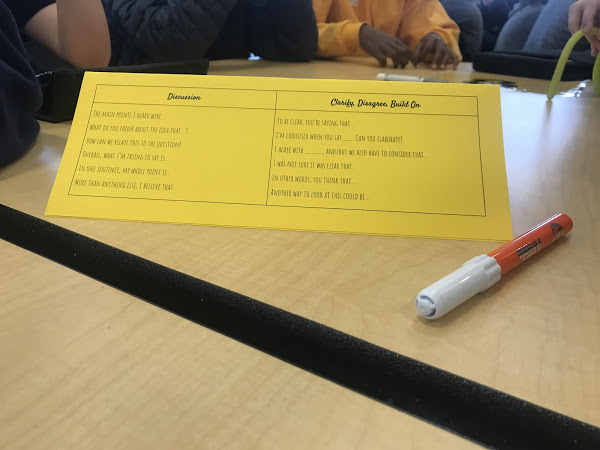Race and Equity; Is it okay to sit, stand, or kneel during the Pledge of Allegiance?

This is a photo of respectful conversation starters, clarifying statements, words to inspire and introduce ideas, and polite disagreements. The purpose of this paper is to ensure civil and meaningful conversations at every table group during the race and equity forum. This is a photo of respectful conversation starters, clarifying statements, words to inspire and introduce ideas, and polite disagreements. The purpose of this paper is to ensure civil and meaningful conversations at every table group during the race and equity forum.
As the football season began in the fall of 2016, a few national league players decided to take a stand against racial oppression and inequality by taking a knee or sitting during the national anthem. Colin Kaepernick, of the San Francisco 49ers, was the first of these players to take a knee in protest. Over the course of the season more and more players joined in the protest including Mike Evans from the Tampa Bay Buccaneers.
On Friday, November 3rd, 2017, in the Shorecrest commons, a forum was held to address the possible reasons why people kneel during the national anthem and how it affects the Shorecrest community. This was the second race and Equity forum held in the 2017-2018 school year. The first was talking about whether Mr. Shorecrest, Macho volleyball, and Powderpuff football are offensive events. The questions posed at the November forum we’re, “Do you choose to stand or kneel for the Pledge of Allegiance and National Anthem? What does free speech mean at school? What does the American Flag symbolize?”
Norms for this race and equity forum were designed to give students a comfortable environment to share their thoughts and experiences. Some of the norms at the forum were “Speak your truth, avoid generalizing or speaking for others, this is a safe space but the conversation could bring up some painful feelings, and that’s okay, expect and accept non-closure.” The discussion started with a video from The Washington Post, a compilation of NFL football players kneeling or sitting during the National Anthem and the Pledge of Allegiance. One student, who plans on being in the Military and identifies strongly as a conservative republican said, “It’s disrespectful to our country and honestly it is hurtful.” Another student, who also identifies as a conservative republican, commented saying, “I understand people have their own legitimate reasons…I do not think this represents that.” They further explained, “It’s really important to respect patriotism, especially here [America], because we are a melting pot…[USA] doing our best.” Although both of these students agreed that people who are being protected by the military are disrespecting them by kneeling or sitting, they admitted that there are imperfections in America.
Other students at the forum, however, had differing views, several of which liked the idea of kneeling during the National anthem because it promotes and is a healthy example of “peaceful protest.” One student said, “It’s their right to be able to express how they feel”, which brought up something else worth considering, the First Amendment which states, “Congress shall make no law respecting an establishment of religion, or prohibiting the free exercise thereof; or abridging the freedom of speech, or of the press; or the right of the people peaceably to assemble, and to petition the Government for a redress of grievances.” One student who believes people should stand during the pledge said, “We shouldn’t punish them for exercising their First Amendment right”. However, they expressed that the only reason people are able to exercise their rights is because of the military. That same student said, “These schools only exist because of what the pledge of allegiance stands for. If the flag is flying at your school, you need to stand for the flag with integrity.” To this student, the flag stands for the military’s achievements. By standing during the pledge you are respecting and acknowledging their efforts. Shorecrest sophomore Jannah McDaniels disagrees, saying, “My dad and brother are both military, and they both take a knee, not as disrespect for the forces, but to take a stand for what they believe in and they believe that people aren’t treated equally in America.”
When asked if kneeling was a successful way of putting a spotlight on racial oppression and inequality all students involved in the discussion agreed that it is, though one student said, “When Trump was elected there were protests every week, and where did they go? Eventually most people kind of forget about it.” Another student broadened that idea by saying, “In my opinion the Black Lives Matter protest already got a lot of attention, and the standing or kneeling is a little excessive I mean we already have a BSU here [Shorecrest].” Although a consensus was not reached, the students in this group all recognized that there is a problem with injustice in the world. All in all the second race and equity forum in the 2017-2018 school year was a success. A student who is neutral on whether or not standing or kneeling is disrespectful said, “There are civilians in this country who are dying and they didn’t get a say in it.”


